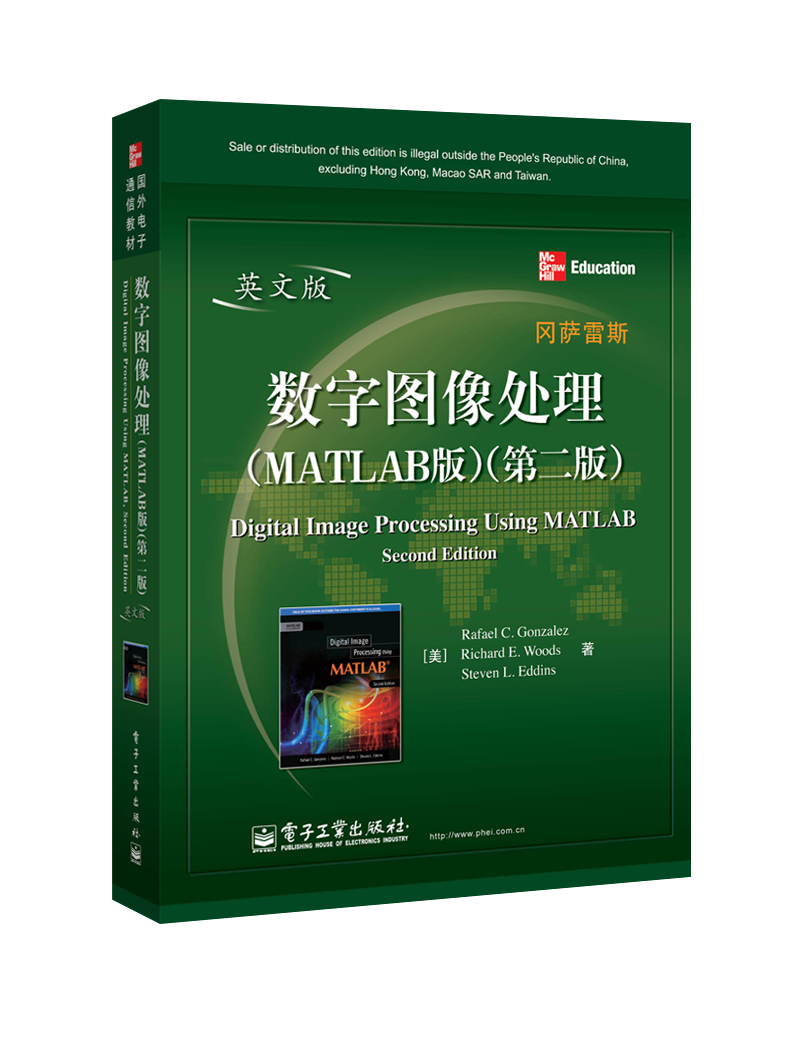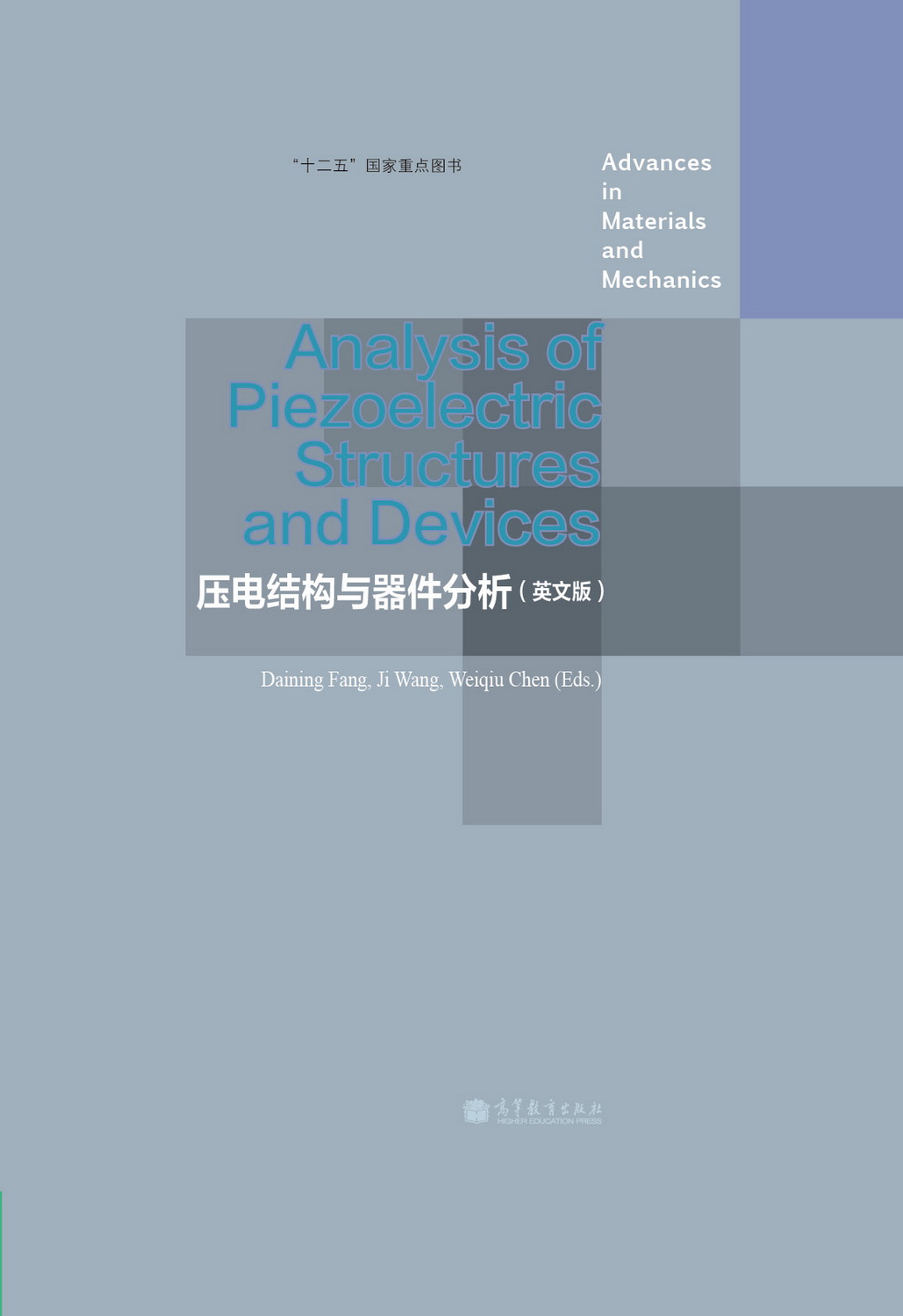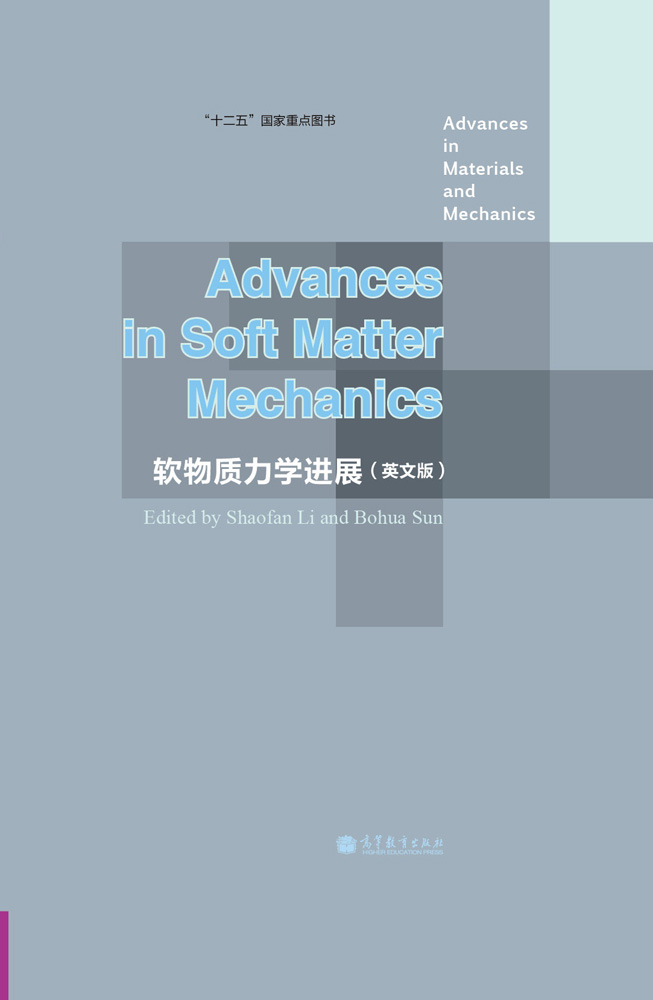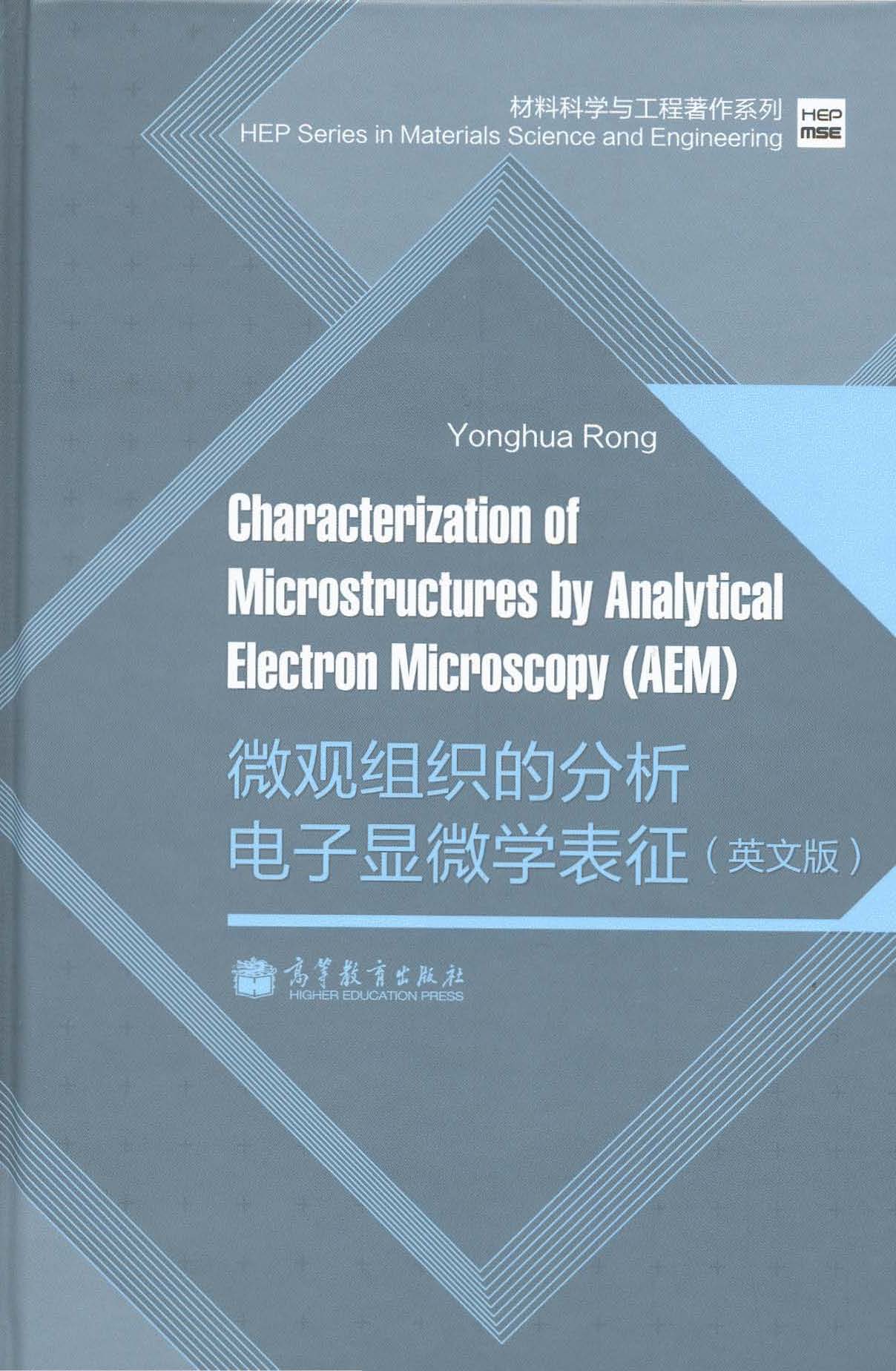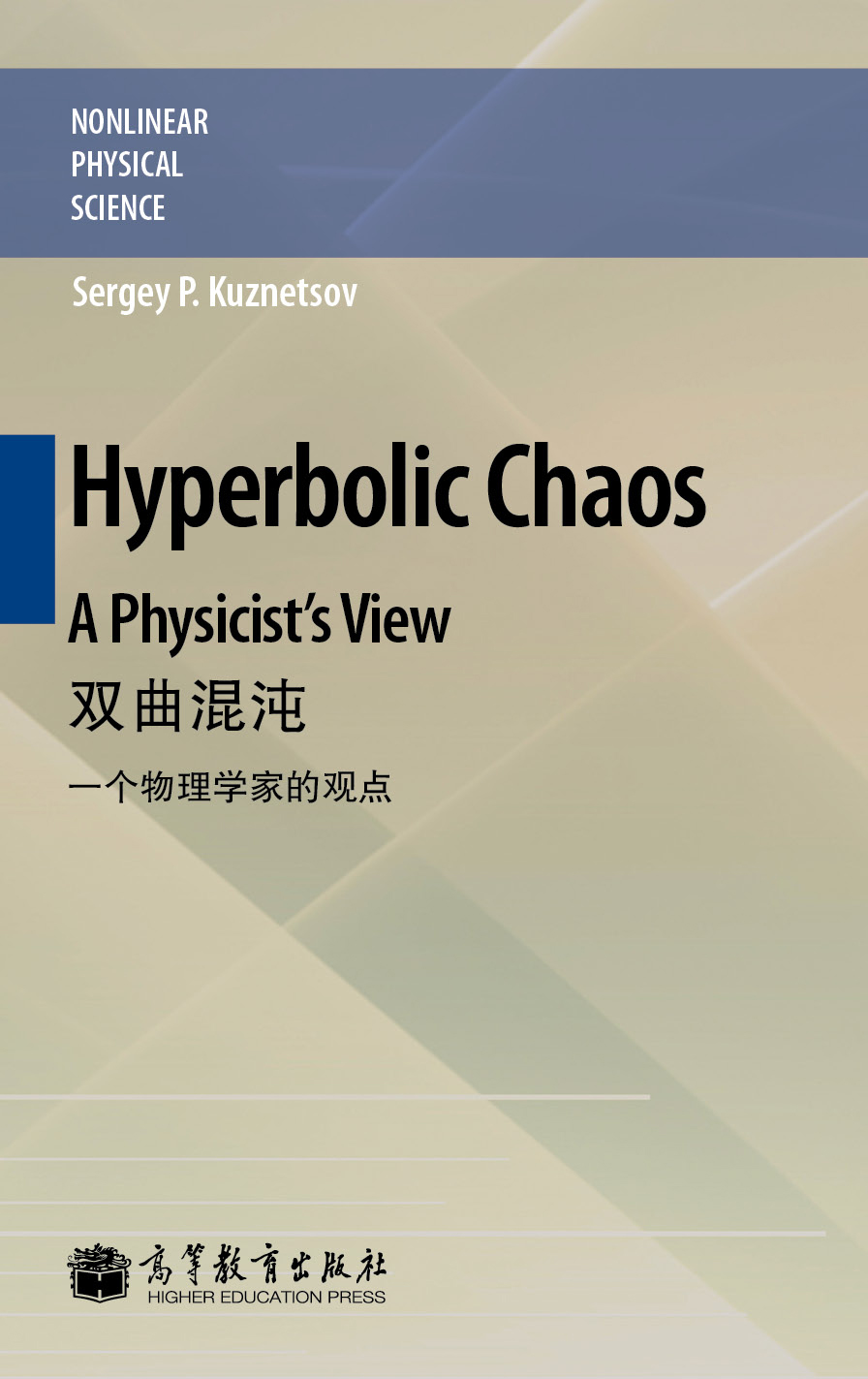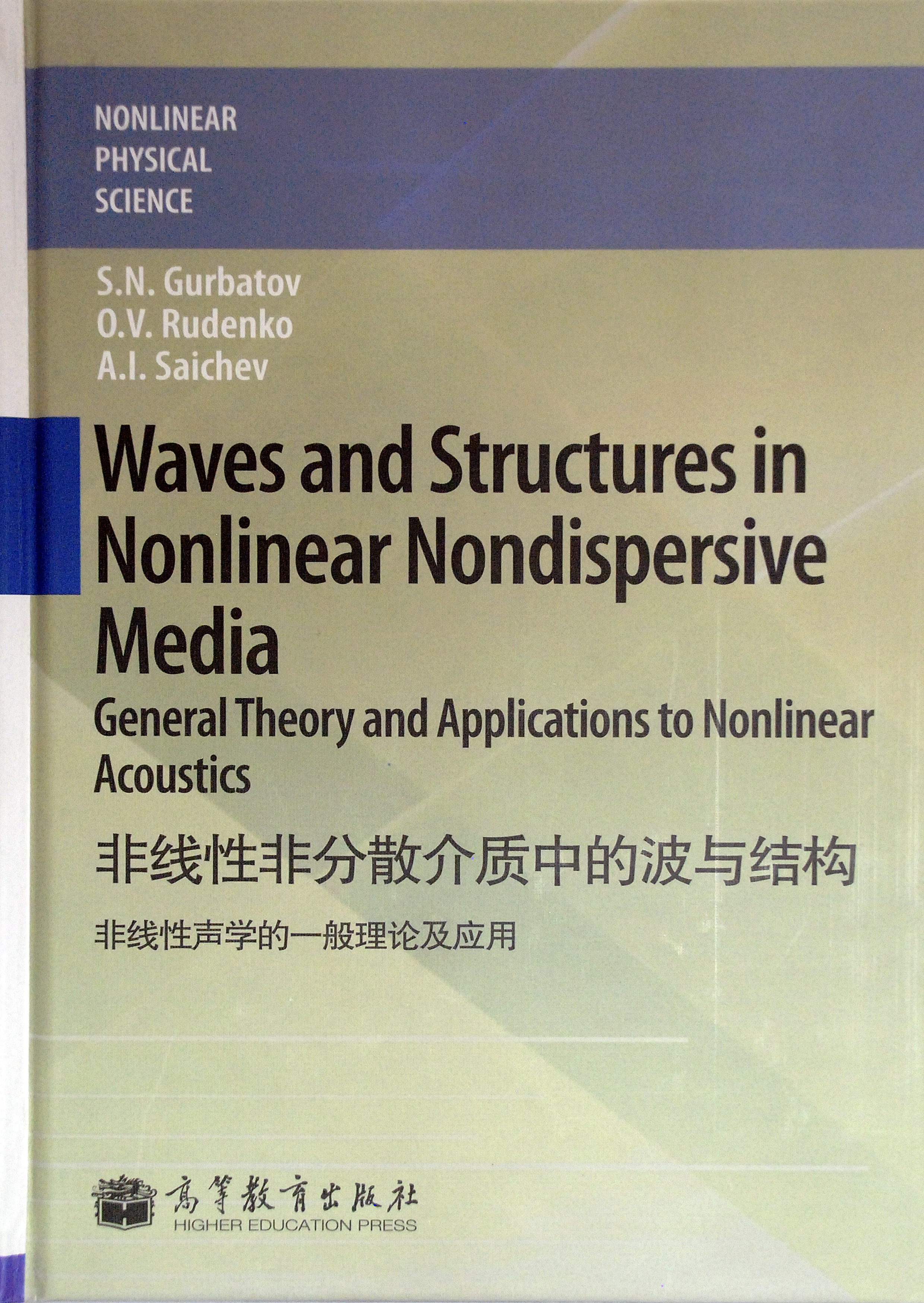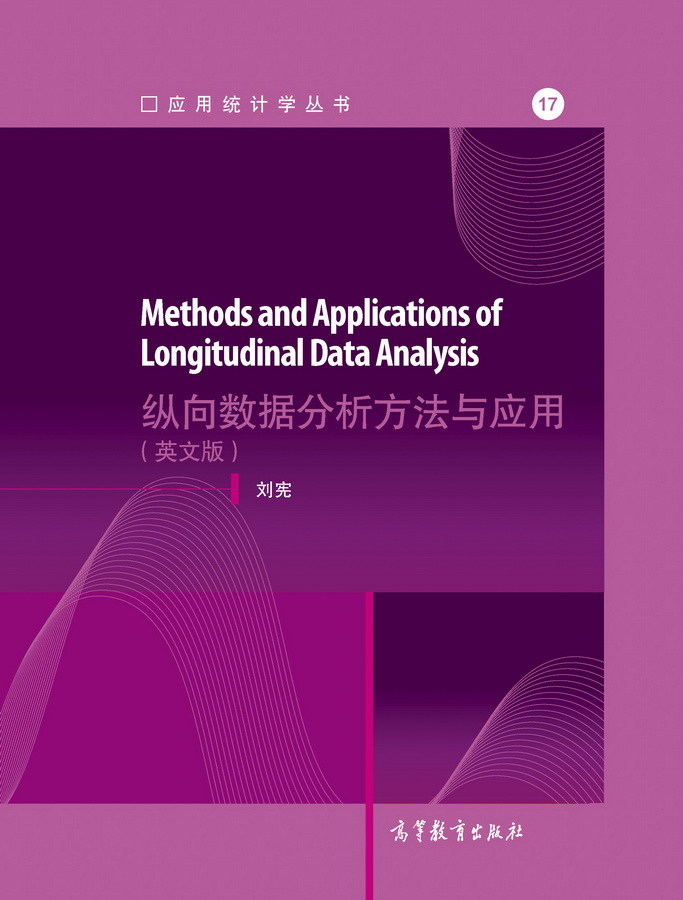Thermodynamics of Materials 材料热力学(英文版)
作者: 蒋青 文子
出版时间:2011-01-14
出版社:高等教育出版社
- 高等教育出版社
- 9787040296105
- 1
- 254340
- 精装
- 16开
- 2011-01-14
- 300
- 298
- 工学
- 材料科学与工程
《材料热力学》将材料作为一个整体研究对象,内容涵盖金属、合金、陶瓷、半导体和高分子等所有材料领域的宏观、介观和微观热力学,注重通过材料问题实例来 使读者理解和掌握热力学的基本规律。本书还以较大篇幅介绍了纳米热力学和界面热力学的最新进展,以及相关计算机模拟的最新贡献。
本书适用于所有材料相关领域的科研工作者、工程师和研究生。
作者蒋青博士与文子博士为吉林大学教授。
Front Matter
Chapter 1 Fundamentals of Thermodynamics
1.1 Thermodynamics of Materials Science, Scope and Special eatures of the Book
1.2 Concepts of Thermodynamics
1.3 Temperature and Zeroth Law of Thermodynamics
1.4 First Law of Thermodynamics
1.5 Entropy and Second Law of Thermodynamics
1.6 General Thermodynamic Relationships
1.7 Third Law of Thermodynamics
References
Chapter 2 Statistical Thermodynamics
2.1 Basic Concepts
2.2 Classical Statistic Thermodynamics of Independent Particles
2.3 Energy Mode and Energy Levels
2.4 Bose-Einstein and Fermi-Dirac Statistics
2.5 Application of Quantum Statistics
2.5.1 Spatial Con¯guration of Long Chain Polymers
2.5.2 Statistical Thermodynamics of a Paramagnetic Crystal
2.5.3 Negative Temperature
References
Chapter 3 Heat Capacity, Entropy, and Nanothermodynamics
3.1 Heat Capacity
3.1.1 Relations of Principal Heat Capacities
3.1.2 Magnetic Heat Capacity
3.1.3 Heat Capacity of Lattice Vibration of Solids
3.1.4 Electronic Heat Capacity of Metals
3.2 Entropy
3.2.1 Positional Part of Melting Entropy and Its Evaluation
3.2.2 Contribution of Vibrational Part of Melting Entropy of Semiconductors
3.2.3 Electronic Component of Melting Entropy
3.3 Nanothermodynamics
3.4 Melting Thermodynamics
3.4.1 A Melting Criterion
3.4.2 Existing Models for Size-dependent Melting of rystals
3.4.3 Size-dependent Melting Thermodynamics of rystals
3.5 Cohesive Energy
3.5.1 Size-dependent Cohesive Energy of Crystals
3.5.2 Vacancy Formation Energy and Cohesive Energy of Clusters
3.6 Size E®ect on Bandgap of II-VI Semiconductor Nanocrystals
References
Chapter 4 Phase Diagrams
4.1 Gibbs Phase Rule and Phase Diagram of Unary System
4.2 Clapeyron Equation in Condensed State Equilibria
4.3 Solution, Partial Molar Properties and Chemical Potential
4.4 Graphical Representation, Ideal and Regular Solutions
4.5 Equilibrium Conditions of Phases and Phase Diagram of Binary Systems
4.5.1 Complete Miscibility, Continuous Binary Solution Phase Diagram and Related Size Dependence
4.5.2 Immiscibility{Two Mechanisms of Phase Transitions
4.6 On Approximation of Gibbs Free Energy Change of Crystallization
4.7 Bandgap Energy of Binary Nanosemiconductor Alloys
References
Chapter 5 Thermodynamics of Phase Transitions
5.1 Thermodynamic Classi¯cation of Phase Transitions
5.2 Landau and Ising Models for the Second-order Phase Transitions
5.2.1 Landau Model
5.2.2 Ising Model and its Applications
5.2.3 Critical Exponent
5.3 Thermodynamics of Martensitic and Bainite Transitions
5.4 Glass Transition
5.4.1 Freezing into Solid State: Glass Formation versus Crystallization
5.4.2 Characteristic Properties of Glass Transition
5.4.3 Size E®ect on Glass Transition
5.5 Ferromagnetic and Antiferromagnetic Phase Transitions of Nanocrystals
5.5.1 Size-dependent Ordering Temperatures of Ferromagnetic and Antiferromagnetic Nanocrystals
5.5.2 Thermal Stability in Exchange-biased FM/AFM Bilayers
5.5.3 Ferroelectric Phase Transition of Nanocrystals
5.5.4 Superconductive Phase Transition of Nanocrystals
References
Chapter 6 Thermodynamics of Interfaces
6.1 Point Defect Thermodynamics
6.2 Line Defects Thermodynamics
6.3 Thermodynamics of Interfaces
6.3.1 Thermodynamic Description of Surface Free Energy of Liquids and Solids
6.3.2 Thermodynamics of Surface Stress and Intrinsic Stress
6.3.3 Real Surface: Reconstruction and Relaxation
6.3.4 Equilibrium of Fluid Droplets and Solid Particles
6.3.5 Wul® Construction and Adsorption on Solid Surfaces
6.4 Solid-liquid Interface Energy
6.4.1 Bulk Solid-liquid Interface Energy and That at Melting Points
6.4.2 Size Dependence of Solid-liquid Interface Energy
6.4.3 Nucleus-liquid Interface Energy
6.5 Solid-solid Interface Energy
6.6 Solid-vapor Interface Energy or Surface Energy
6.6.1 Bulk Surface Energy of Elementary Solids
6.6.2 °sv0 of Several Ceramics with NaCl Structure
6.6.3 Size-dependent Surface Energy of Solids
6.7 Liquid-vapor Interface Energy or Surface Tension
6.7.1 Bulk Surface Tension and Its Temperature Coe±cient
6.7.2 Determination of °Lv0(Tm) and ° Lv0(Tm) Values and °Lv0(T) and ° Lv0(T) Functions
6.7.3 Size Dependence of Liquid-vapor Interface Energy
6.8 Applications of Size-dependent Interface Energy
6.8.1 Thermodynamic Phase Stability of Nanocarbons
6.8.2 Static Hysteresis of Solid Transition of CdSe Nanocrystals
6.8.3 Critical Layer Number and Critical Mis¯t of Epitaxial Grown Metallic Thin Films
6.8.4 Reconstruction Possibility of fcc Metallic Surfaces at Room Temperature
References
Index


